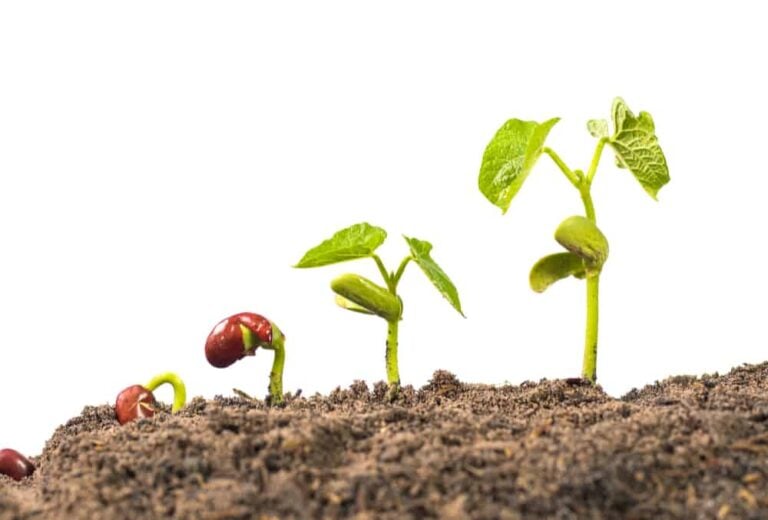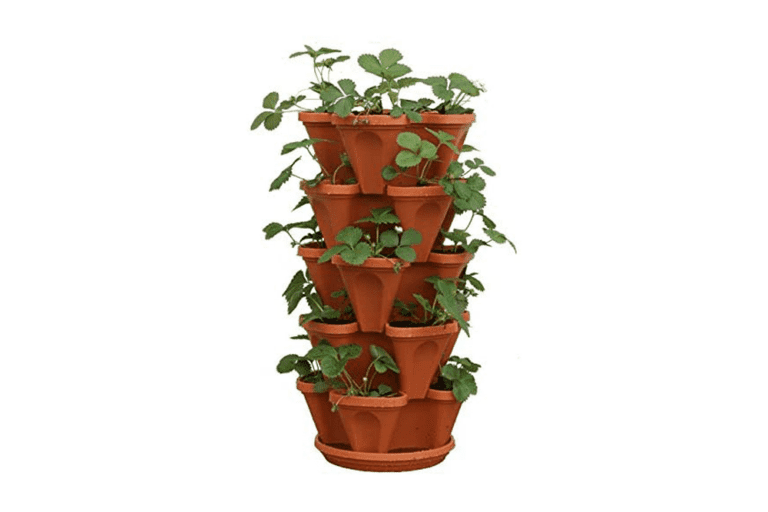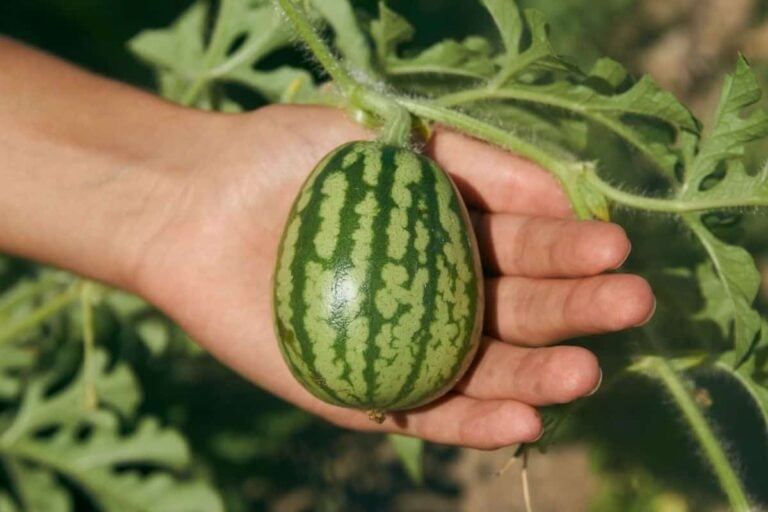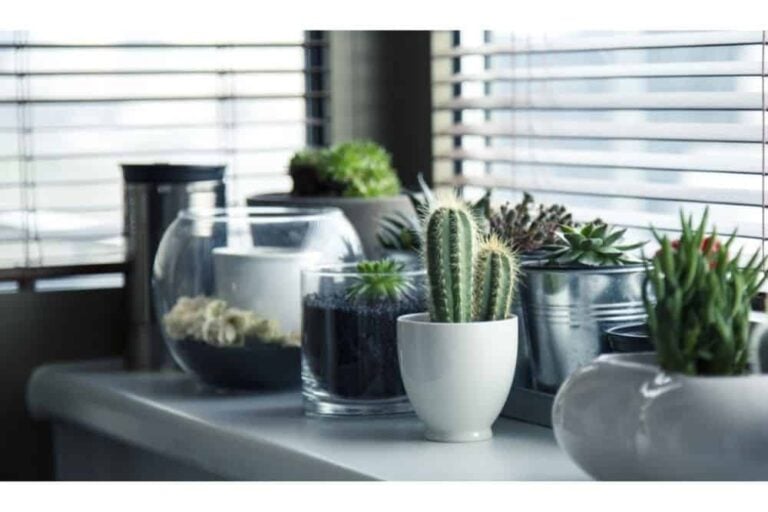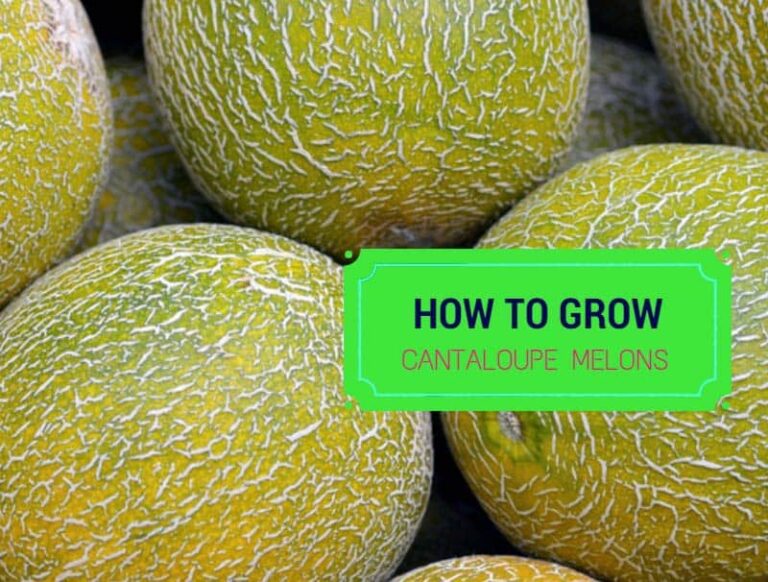How Bananas Reproduce And How You Can Grow Them From Seed
Bananas are one of the most widely grown fruits in the world. They are also one of the easiest fruits to grow at home. In fact, they only require four things: sunlight, water, fertilizer, and banana plants.
Banana plants are very easy to grow and produce delicious fruit. If you want to start growing bananas at home, you’ll need to get started with seeds.
Banana seeds are extremely tiny and can easily be lost or damaged.
In this article, we will be discussing how bananas reproduce and how you can grow them from seeds at home.
Do Bananas Have Seeds?
Unfortunately, the answer to this question isn’t simple. It is a mixture of yes and no.
When you eat a banana, then you may have noticed some small black dots that appear in the center of the fruit. These tiny black dots are actually banana seeds.
However, you would be right in thinking that these seeds are far too small to be able to grow anything and be functional.
The small black dots are immature seeds. However, unlike the majority of fruits, these seeds won’t develop into seeds that will be able to produce and grow fruits.
As a result, you can’t plant just a banana and hope it will grow into a banana tree.
However, this isn’t always the case. Not all fruit trees will produce seeds that can’t produce seeds that will not mature. There are, in fact, wild banana trees that contain a lot of seeds within them.
There are so many seeds in a wild banana that result in the banana itself being almost inedible due to the amount of seeds within the fruit.
Something else worth noting about wild bananas is that they are much smaller than a banana we would purchase from a grocery store.
This is because, over the last few decades, bananas have become domesticated.
Thus, they have been bred to produce much bigger fruit for us to enjoy, however, this has then resulted in smaller seeds.
This breeding carries on until you reach the main varieties of bananas that we eat today, with dot black dots which are in the seeds. Which are now ineffective for its purpose.
Commercial Bananas: How Are They Grown?
As we have established, the bananas that we buy from our grocery stores are a result of a lot of breeding over the years. This has resulted in larger fruits but much smaller seeds.
However, these small seeds are immature and don’t function as a normal seed would.
Hence, you may be curious to know how bananas are grown, especially the ones that we find in our local stores.
Typically, banana trees are reproduced through suckers that are also referred to as pups. The suckers/pups are a smaller banana tree that actually grows next to the adult banana tree.
They are also seen as an offshoot from the root of the main tree. What this means, is that the offshoot is the same plant as the adult. Both plants share the same roots and root systems.
Banana trees will produce these pups as part of their reproduction cycle. Also, by producing pups, this helps to increase the overall surface area that the plant has.
This then helps the banana tree to absorb more sunlight and water, so it can grow stronger and healthier.
Then, once the pup tree has reached around 3 to 4 feet tall, then you can separate the pup from the adult tree.
After you have separated the pup plant from the adult one, you can plant the pup plant by itself. The pup plant will then continue to grow and create its own root system.
The plant will grow and become a mature plant, like the adult plant used to be attached to. Once the pup plant has matured, it will then start producing its own pup plants and producing fruit.
By growing banana trees and plants this way has many pros and cons. This method is seen as much faster and a much more reliable method for growing bananas than using their seeds.
Also using the pup method takes a lot less effort and time as well. The adult plant does all the work for you.
However, each pup plant is essentially a clone of the mature, adult plant. As a result, This then decreases the genetic diversity of the overall population of bananas.
This can leave the fruit and the plant more vulnerable to certain diseases. As the plant takes more time to develop their own disease resistance.
Is It Possible To Grow Banana Plants At Home?
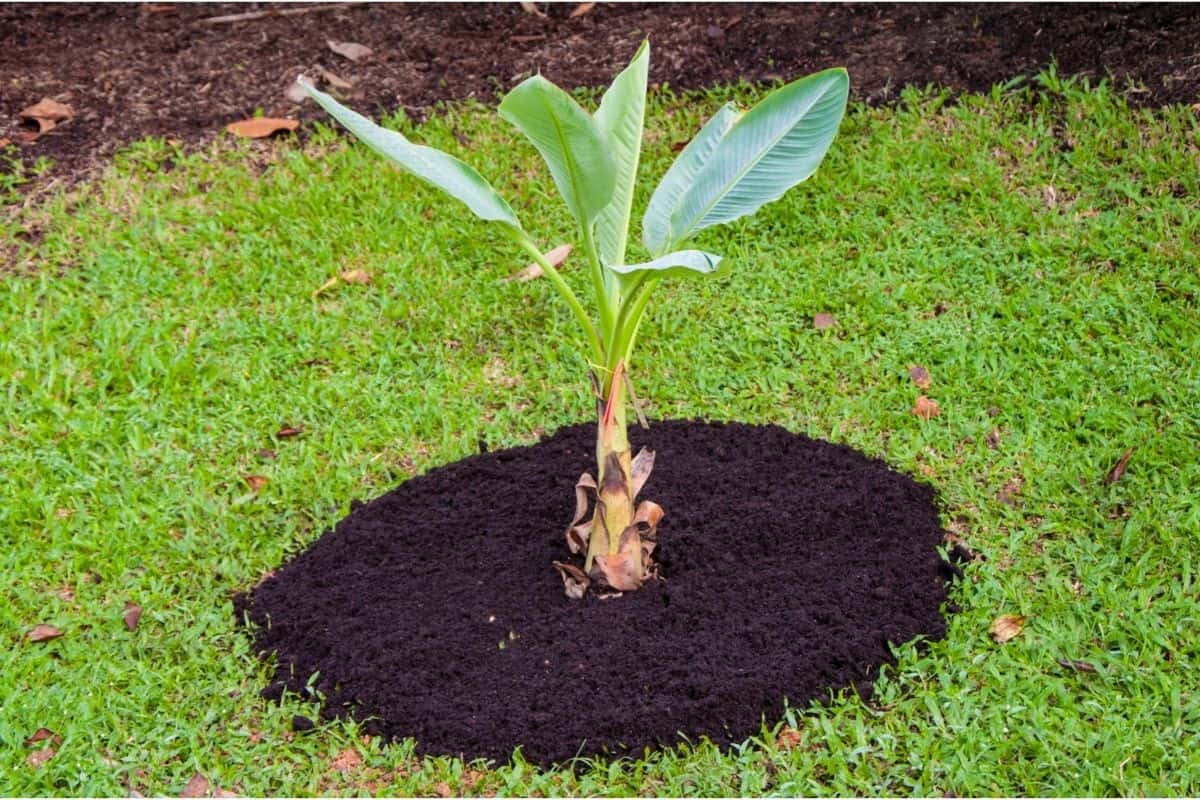
Generally, the banana plants that will produce edible fruit are typically cold hardy plants. They are often grown in USDA zones up to 9. The banana plant actually thrives in cooler climates and seasons.
A popular banana plant to grow is the Dwarf Cavendish banana which was first developed in England, UK in the mid 1800s.
However, with this variety of plant, they need around 6 or more hours of sunlight every day. They also need a very warm growing season, which helps to ripen and set the banana fruit.
Compared with the Japanese or Musa Basjoo banana plants which are known to be the most cold-hardy banana plants that you can get your hands on.
These banana plants can thrive in temperatures that go below minus 10 degrees Fahrenheit.
However, these plants can also grow to around 15 feet tall. The mature plant will flower and product fruit, but the fruits are in fact inedible.
How To Find Banana Pups
It is quite easy to get your hands on a banana pup from a specialty store or nursery. However, depending on where you live, you may have more luck purchasing one from online.
When it comes to growing your plant, they need full sunlight and should be planted in well-draining and rich soil.
The majority of banana plant varieties like slightly acidic soil, but can easily be damaged by the wind.
Remember to keep them well watered, and some varieties like humid conditions. It is important you think about where you plant your banana plants.
Sometimes if your banana plant is producing pups, this is a sign that it isn’t getting everything that it needs.
Finding Banana Seeds
You can’t save the seeds from your morning banana and grow a plant from them. Your morning banana is most like a part of the Cavendish subgroup of banana species.
Which means the banana is from a hybrid plant and the seeds are so small that they are infertile and immature.
Commonly, farmers will produce banana plants through vegetative reproduction, rather than using seeds. These plants will grow from the underground thick stems, also known as rhizomes.
The rhizome will then spread and grow new shoots near the base of the adult plant, this is what causes pups to grow.
The pups are then removed and planted somewhere else. Fruit will then be produced in around 9 months time.
We aren’t saying you can’t grow bananas from seeds, but it’s much more difficult and hard work.
If you do manage to get your hands on some fertile banana seeds, then soak the seeds for a couple of days to make them become active. Then you can sow them into containers to begin with.
Depending on the variety of plant you may start to see them sprouting, from 2 weeks after sowing, or it can take much longer for certain varieties.
Conclusion
As you have seen, you can grow your own banana plant. Yet, you can’t use the seeds that you save from your bananas that you brought from the store.
We hope this article has helped you get a better understanding of how to grow and reproduce your own banana plants, so that you can have your own home-grown bananas.

